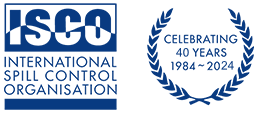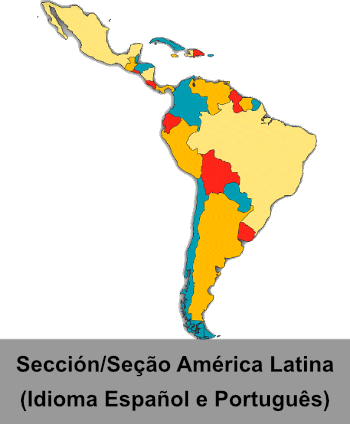Dr Douglas Cormack, Hon.FISCO, comments on the ISCO paper presented at the recent IMO TG15 meeting.
Readers will recall that ISCO was authorised by MEPC 59 to report its progress towards knowledge-only response planning to the OPRC-HNS/TG. The reasons for having done so over TG 10-15 were that the knowledge-base itself was being serialised in the ISCO Newsletter; that this timescale would provide member states with multiple opportunities to update the knowledge-base and for NGOs to disown beliefs already refuted by it or to reality-evaluate remaining beliefs to positive/negative knowledge; and that such voluntary response would obviate the need otherwise to invite them formally to do so before finalising the knowledge-only plans.
However, there having been no voluntary response, ISCO issued its invitation on 15 November 2012, having notified MEPC 64 of its intention so to do, and reported to TG 15 a nil response as of 6 May 2013. However, with the knowledge-base remaining open to correction until completion of its serialisation later this year, the knowledge-only contingency and incident-specific plans for all aspects of marine incident response will then be produced as a single document.
Thereafter, arrangements will be made for this document to be available to IMO member states, NGOs, response contractors, and indeed to the public as an open publication. Thus, it will provide individual member states, not only with incident response plans, but also with amplification of the model training courses of IMO and with cost-effective relationships with response contractors. Thus, while ISCO is not seeking IMO endorsement of its incident response plans: it is confident that knowledge can speak for itself to member states and will eventually be universally preferred to reality-refuted belief.
As to document TG 15/INF.2, the following summary was presented to the TG.
This document sets itself in the context of its forerunners to TG 10 -14 (paragraphs 1 & 2); resolves the confusion by which belief is mistaken for knowledge by differentiating the one from the other as defined therein (3 – 8); identifies the knowledge of fate, effects and cost-effective response acquired by observations at real incidents and/or by experimentation with deliberate releases to sea and shorelines (9-12); identifies species-extinction/ecological-disaster as belief, given its absence thus far; identifies anthropogenic global warming as belief which ignores known carbon-dioxide cycles; suggests hypotheses which believers have yet to reality-evaluate in respect of the impact of organism-coating and of the significance of the carbon dioxide cycles (13 & 14); recognises the known slick thickness and concentration-toxicity relationships by which biodegradation is unimpeded, extinction/disaster is absent and dispersant-use is without toxic effects in increasing biodegradation rates and in reducing the need for post-recovery processing; and recognises the slick-thickness limitation on the encounter rates of response techniques which necessitate cargo/bunker transfer to limit release volumes (15-19).
The document then notes the cost-effectiveness of knowledge-based response, the cost-ineffectiveness of thwarting it with belief-based prohibitions, and the benefits of their repeal in respect of the use of save havens, dispersants, and in situ decanting of processed water (20-24). It again invites believers to reality-evaluate the above beliefs in the knowledge that unimpeded biodegradation of all organic compounds to carbon dioxide fully accounts for the absence of species-extinction/ecological-disaster, that photosynthesis-biodegradation continuously recycles the global biomass through the atmosphere as carbon dioxide; that formation-decomposition of carbonate rock does likewise; and that significant temperature change is thus unlikely to arise from combustion of part of a ‘fossilisation’ but for which all of its carbon dioxide equivalent would already be recycling through the atmosphere (25-28).
Thus, on the above knowledge, the new ISCO contingency plan will emphasise the need to limit releases to those of initial impact by bringing casualties into safe havens for cargo/bunker transfer; identify the nature and volume of containment units; classify the contents as gases, liquids or solids, as sinkers or floaters, and as spreaders, evaporators, dissolvers or dispersers; identify the physicochemical properties known to control the rates and extents of these processes, the amounts left to strand and the relative effectiveness of dispersants and mechanical recovery at sea, in inshore waters, and onshore. Thus, this contingency plan becomes an action/inaction plan for any specific incident simply by substituting incident-specific values for the physicochemical properties relevant to the specific incident (29-33). Indeed, this approach can be applied to past incidents to compare what was done with what could and ought to have been done, assuming of course that knowledge is to be preferred to belief.





